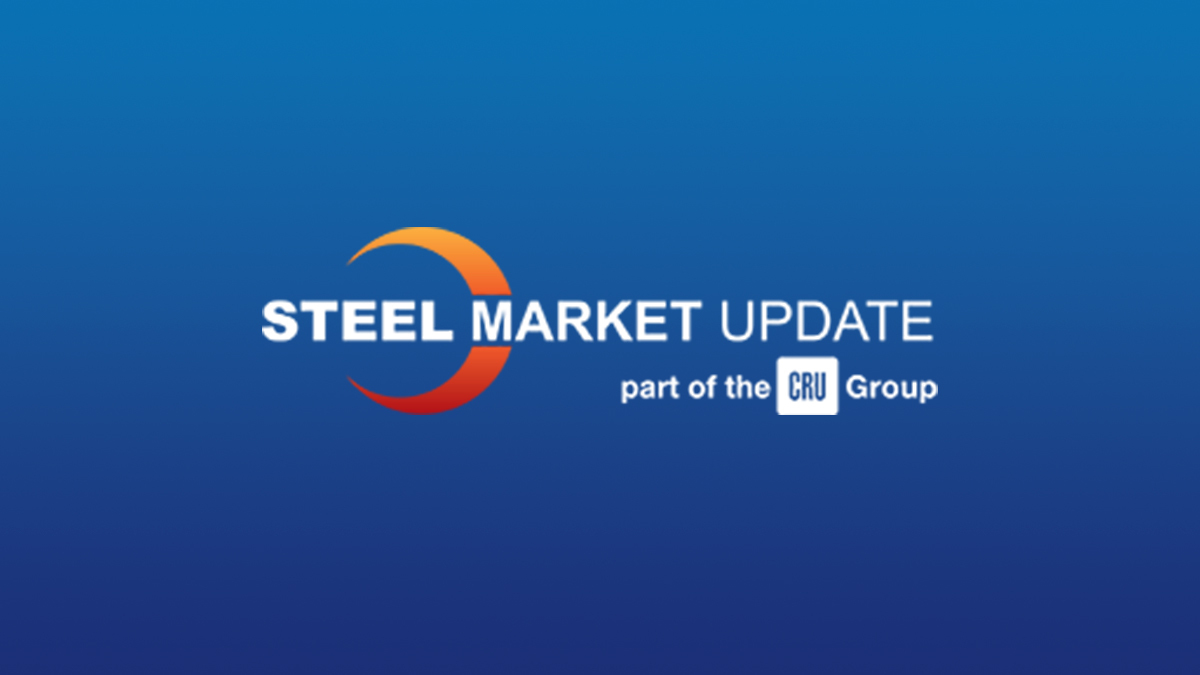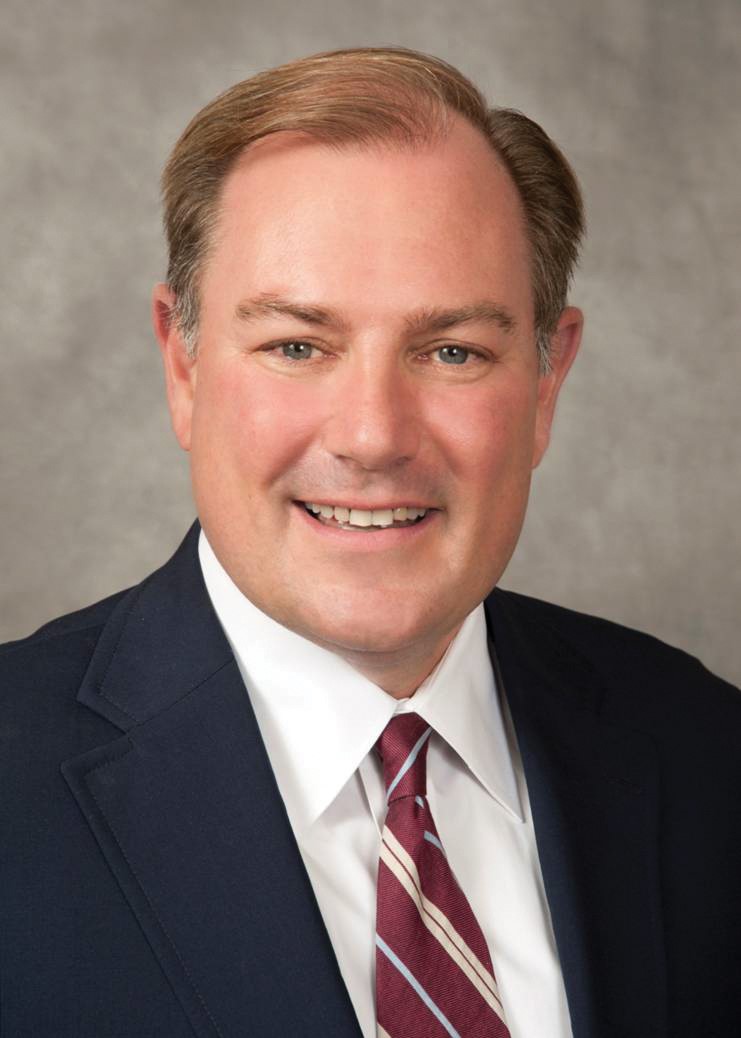SMU Community Chat

AISI: Infrastructure Bill Could Mean Millions of Tons in Steel Demand
Written by Sandy Williams
May 13, 2021
Could the U.S. steel industry be looking at 50 million tons of new demand in the next few years? That’s one way of calculating how much steel might be required if a $1-trillion infrastructure package passes Congress and is signed into law.
Infrastructure spending of $1 billion equals 50,000 tons in steel demand, according to a presentation made by an American Iron and Steel Institute (AISI) official during SMU’s most recent Community Chat webinar.
And $1 trillion is one thousand times a billion. A thousand times 50,000 tons is 50 million tons.Quite an impressive number. But that might be spread over an eight-year program, Brett Smith, senior director of government relations at AISI, said during the webinar.
The proposed package by the Biden administration has a price tag of $2.2 trillion. But Smith cautioned that the spending includes not only traditional steel-intensive physical infrastructure such as roads and bridges but also social infrastructure such as affordable housing, elder care and workforce development.
During the SMU Community Chat, Smith said he was hesitant to assert that an infrastructure package would pass. But he said he was “more positive than in the past.” A number of reasons support that confidence.
One of the strongest reasons is that infrastructure is one of the rare issues with bipartisan support. And it garners extremely high marks not only from the public and members of Congress but also from business, labor and environmental groups.
The 2021 Report Card from the American Society of Civil Engineers grades America’s infrastructure overall at C-, with roads and highways receiving a D. And supply chain difficulties over the last year have highlighted the need for reliable infrastructure. The large scale of the plan would allow states and localities to begin long-range planning for projects, removing the uncertainty about federal funds that is prevalent in the short-term extensions of current programs.
Also, funding is running out for two crucial programs that help pay for repairs to the nation’s roads and bridges. At the end of September 2021, the authorization for the Surface Transportation Program will expire, and the Highway Trust Fund is expected to be insolvent by Oct. 1, 2022. The Trust Fund is supported by user fees and the federal excise tax on fuel—18.4 cents per gallon on gas, and 24.4 cents per gallon on diesel. Those tax rates have not changed since 1993 and have failed to keep up with inflation. The result: the fuel tax is woefully underfunded once taking into account more efficient vehicles requiring fewer fill-ups, less driving during the pandemic, and the shift toward alternative fuels and electric vehicles.
The most difficult challenge facing legislators is agreeing on how to pay for such a massive investment. The Biden administration proposes changes to the Trump administration’s 2017 tax cuts that will raise rates on corporate income and profits made overseas. The GOP strongly opposes such changes. Neither party is partial to raising gas taxes or user fees, including Transportation Secretary Peter Buttigieg, Smith said.
Another challenge is politics. Namely, the GOP wants to deny any wins to the Biden administration and Democrats ahead of mid-term elections. The inclusion of funding for non-traditional infrastructure is also getting pushback from Republicans. Formal action will be taken in the House and Senate committees before Memorial Day to consider the legislation and amendments. But agreeing on funding and reconciling the bills between the House and Senate will drag on into the summer, Smith predicted.
AISI is confident that the U.S. steel industry is capable of meeting the demand that would come from a big infrastructure plan. New capacity that has come online since Section 232 measures were enacted in 2018, and new production that has yet to be commissioned, will provide the steel that is needed, Smith said. And so AISI strongly supports keeping current tariffs and quotas on imports in place as well as Buy America provisions requiring that steel be melted and poured in the United States. Smith deflected questions about current high steel demand and mills’ apparent inability to keep up with it.
Steel’s ”green” credentials will be at the forefront of AISI’s promotion of the infrastructure plan. Of special note are new technologies like the press-brake-formed steel tub girder bridge that saves construction costs while also increasing bridge life expectancy by more than 100 years, Smith said.
And limiting imports also intersects with the U.S. industry’s focus on reducing carbon emissions. AISI estimates that imported steel resulted in 8.7 million metric tonnes more CO2 emissions in 2020 than would have been emitted if that material had been domestically produced.
Smith also noted that a carbon tax on imports is likely because it would be hard to support climate emission goals without an underlying change in macro policy.
He said the electric vehicle industry will also be a huge opportunity for the steel industry. The industry will provide not only the steel for vehicles but also for charging stations, wiring between power plants, and energy distribution networks.
A final infrastructure bill will likely be somewhat smaller than the initial proposal after the House and Senate pick it apart. But Smith said he hoped it would remain robust. Steel producers, distributors and steel using manufacturers can expect order books to reflect the new demand by no sooner than fiscal 2022. Once passage appears certain, states will begin long-term planning and lining up contracts, Smith said.
By Sandy Williams, Sandy@SteelMarketUpdate.com

Sandy Williams
Read more from Sandy WilliamsLatest in SMU Community Chat

SMU Community Chat: CRU analysts discuss shifting metallics mart tangled by tariffs
With steel prices drifting and trade flows shifting, CRU analysts provided a grounded look at what's really happening — and what's not — across the metallics supply chain during Wednesday's SMU Community Chat.

Register for the next SMU Community Chat with ISM CEO Tom Derry!
Institute for Supply Management CEO Tom Derry will join SMU for our next Community Chat on Wednesday, July 23, at 11 a.m. ET (10 a.m. CT)

SMU Community Chat replay now available
The latest SMU Community Chat webinar reply featuring Thais Terzian and Frank Nikolic of CRU Group, is now available on our website to all members. After logging in at steelmarketupdate.com, visit the community tab and look under the “previous webinars” section of the dropdown menu. All past Community Chat webinars are also available under that selection. If you need […]

SMU Community Chat: CRU analysts Thais Terzian and Frank Nikolic on Wednesday
CRU analysts Thais Terzian and Frank Nikolic will be the featured guests on the next SMU Community Chat on Wednesday, July 9, at 11 am ET.

SMU Community Chat: CRU analysts Thais Terzian and Frank Nikolic on Wednesday
CRU analysts Thais Terzian and Frank Nikolic will be the featured guests on the next SMU Community Chat on Wednesday, July 9, at 11 am ET. The live webinar is free for anyone to attend. A recording will be available to SMU subscribers.
